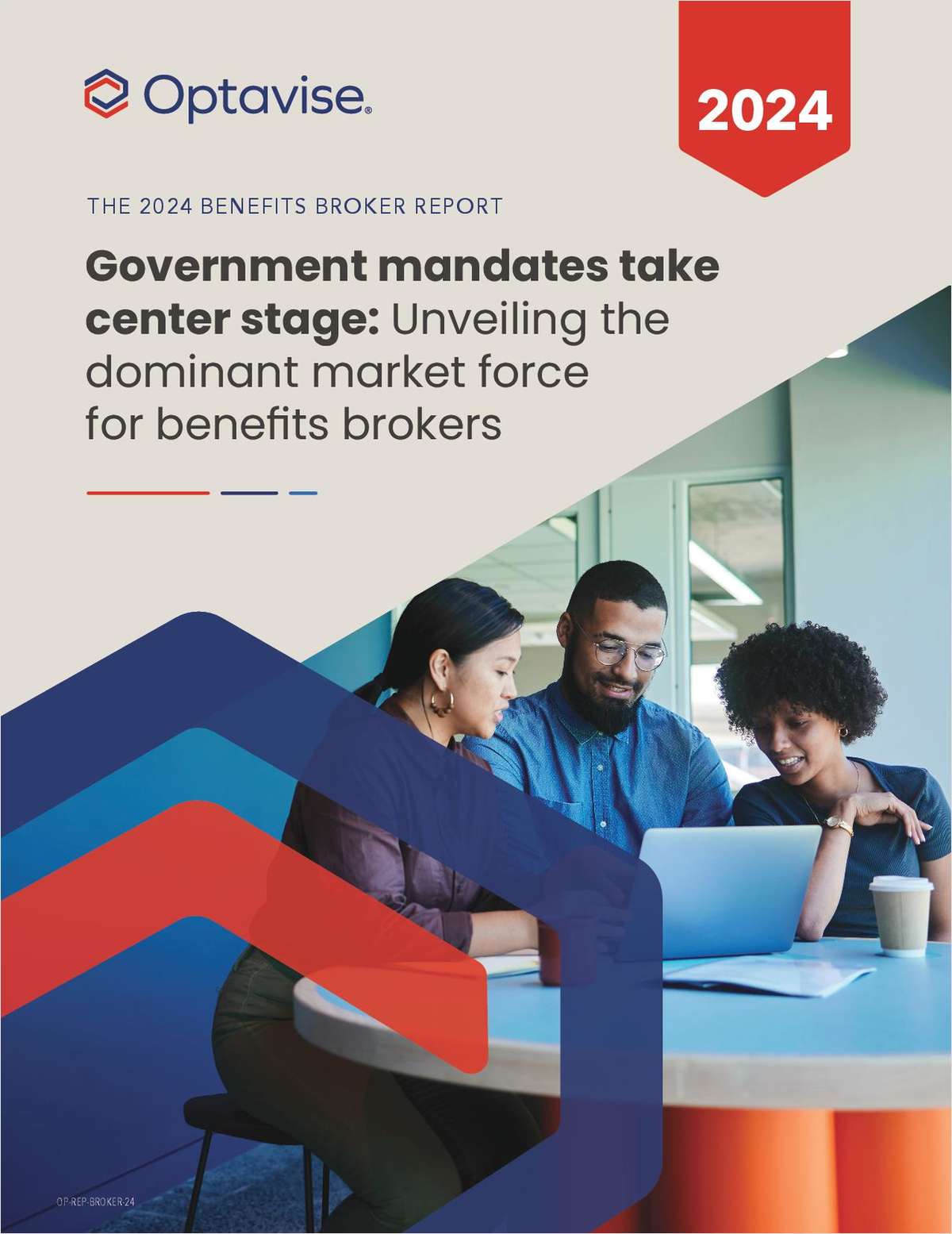 Even the mostwell-intended caregiver programs will not be successful if they arecreated using assumptions rather than real employee feedback anddata.(Photo: Shutterstock)
Even the mostwell-intended caregiver programs will not be successful if they arecreated using assumptions rather than real employee feedback anddata.(Photo: Shutterstock)
According to a recent report from the National Alliance forCaregiving and AARP, more than 43 million individuals in the U.S.served as caregivers to an adult or child in the previous 12months. This number will likely continue to grow as more adults ageinto the "sandwich generation"–those taking care of bothaging parents and children simultaneously – and so will theeconomic value of their services, which was valued at $470 billionin 2013.
|Caregivers, on average, devote more than 24 hours a week toproviding this unpaid care, and the worry and stress that go along with being acaregiver make it increasingly difficult to remain focused andproductive at work. It's becoming a workplace crisis, which is whyemployers are taking action to support caregivers and ease employeestress by offering personalized, unique benefits that employeesneed.
|Related: Primary caregivers' health, well-being in thespotlight
|From childcare to eldercare, caregiving will impact everyone atsome point in their careers. It is important to remember that eachcaregiver is different and therefore their health care and employeebenefits needs may also be different; there's no one-size-fits-allbenefit or program. In fact, studies have found a gap existsbetween perceived effectiveness of caregiving-related benefits andwhat caregivers actually want and need. Unfortunately, manyemployers are quick to only adopt solutions they think will helptheir employees. Moreover, even the most well-intended programswill not be successful if they are created using assumptions ratherthan real employee feedback and data.
|Understand the issue
Before partnering with specialty providers and offering thesetype of lifestyle benefits, it's important employers seek tounderstand the heart of the caregiving issue for their employeepopulation. The Caring Company, a research report from HarvardBusiness School's Future of Work Project, found that 52 percent of employers don't measure, and thusdon't understand, the extent to which their employees are burdenedby care. If this is the case, how can employers offer effectivesolutions and support if they don't fully understand the issue?
|Many employees, for example, consider leaving their jobs due totheir current caregiving responsibilities. In fact, the same reportfound that 32 percent of all employees had already left a job dueto caregiving and 80 percent admitted it was affecting theirproductivity. Employers cannot ignore these numbers and we mustfind innovative ways to connect with the caregivers in ourworkforce and provide a wide variety of ways to get support.
|To determine what benefits or programs would be most effective,employers should ask their workforce directly through an employeesurvey, creating an open channel for employees to suggest thebenefits that would be the most helpful.
|Employers can also study claims data to keep their finger on thepulse of how many employees have had children and could be in achildcare situation, or how many had a spouse diagnosed with acritical illness or disability. These can be opportunities tocreate personalized touch points and engage these employees withthe available resources.
|Finding the right solutions
Once employers understand the very real challenge caregivingstress causes their employees and what support they need, they canimplement creative solutions and offer a multitude offamily-friendly voluntary benefits. Caregiving benefits areenormously popular right now with the growing percentage of femalesin the workforce and the expansion of multiple generations. Thereare great partners employers can work with, like Cariloop, whichprovides a caregiver support platform that pairs employees andtheir families with a dedicated care coach for decision support andhelpful tools to make caring for a loved one less stressful andless disruptive to everyday life.
|Employers and their broker partners are also offering othervoluntary benefits that target stress at its source, like onsite childcare. Some large employers areinvesting in emergency back-up childcare for situations when adaycare is closed, or a nanny cancels last minute. Another goodexample of how employers can support caregivers is offering avoluntary legal insurance option that, for a low monthly fee, canhelp employees avoid the stress and cost associated with legalmatters like buying or selling a home, adoption, estate planning orassigning power of attorney. Since 58 percent of Americans haveless than $1,000 in savings, any legal matter they may face couldbe detrimental to their financial and emotional well-being.
|There's also a whole subset of voluntary benefits aimed atgiving employees time back in the day. New and unusual "concierge"type benefits, such as grocery delivery or dry cleaning servicesare beginning to hit the market, which can help caregivers crosserrands off their to-do lists for themselves and their family. Forexample, a grocery delivery service, like Shipt's same-day deliveryservice membership, can support the "moments that matter" by givingemployees more time back with their family rather than spendingtheir time in the aisles of the grocery store. These lifestylebenefits are far more effective in reducing stress and addressingemployee burnout than more traditional offerings like employeeassistance programs (which are often underutilized because ofemployees' privacy concerns).
|Beyond offering these employee benefits to the workforce,employers must take purposeful actions with their company cultureand policies to reinforce their support for the total well-being ofemployees and their families. In addition, meaningful perks likeflexible schedules and kid or pet-friendly workplace eventsreinforces that family time is important and gives employees thespace they need to take care of personal business while remainingpresent and thoughtful during work hours.
|As more people become caregivers in some capacity, the workplaceis feeling the impact. The Caring Company's research reports that24 percent of employers have saidcaregiving influences employees' performance and presenteeism atwork. Caregiving is often a full-time job in itself, and in orderto prevent the stress and burnout that comes with caring for aloved one, employers must address the issue. Employee benefitstargeted at the root causes of stress for families and caregiversencourages retention and develops a strong company culture thatimproves the health, finances and lives of employees.
|Misty Guinn is director of benefits &wellness at Benefitfocus.
|Read more:
Complete your profile to continue reading and get FREE access to BenefitsPRO, part of your ALM digital membership.
Your access to unlimited BenefitsPRO content isn’t changing.
Once you are an ALM digital member, you’ll receive:
- Critical BenefitsPRO information including cutting edge post-reform success strategies, access to educational webcasts and videos, resources from industry leaders, and informative Newsletters.
- Exclusive discounts on ALM, BenefitsPRO magazine and BenefitsPRO.com events
- Access to other award-winning ALM websites including ThinkAdvisor.com and Law.com
Already have an account? Sign In
© 2024 ALM Global, LLC, All Rights Reserved. Request academic re-use from www.copyright.com. All other uses, submit a request to [email protected]. For more information visit Asset & Logo Licensing.








